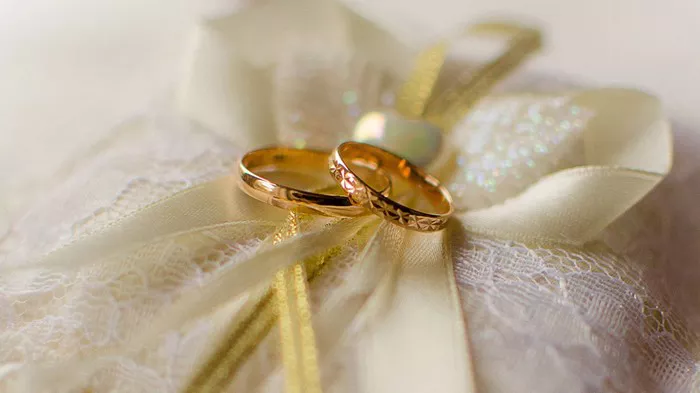As societal norms around marriage and gender continue to evolve, so do the designs and marketing of wedding rings. Gender-neutral and non-traditional rings are gaining popularity, catering to a diverse range of couples, including LGBTQ+ partners and those who simply prefer minimalist or unconventional styles.
Traditionally, men’s wedding bands were thicker and plainer, while women’s rings were more delicate and often featured diamonds or intricate detailing. However, many modern couples are rejecting these gendered distinctions in favor of rings that align with their personal aesthetics rather than societal expectations. Unisex designs—such as simple metal bands, geometric shapes, or matte finishes—are becoming increasingly common.
For LGBTQ+ couples, the wedding ring market has expanded to include designs that celebrate their identities. Some jewelers offer rainbow gemstone accents or pride flag-inspired engravings, while others focus on creating rings that are indistinguishable from heterosexual couples’ rings, emphasizing equality in love and marriage.
Beyond gender neutrality, non-traditional materials are also making waves in the wedding ring industry. Titanium, tungsten, and ceramic rings are rising in popularity due to their durability and modern look. These materials are particularly appealing to people with active lifestyles or those who work with their hands, as they are more resistant to scratches and damage than traditional gold or platinum.
Another emerging trend is the “non-ring” ring. Some couples are opting for alternative symbols of commitment, such as bracelets, tattoos, or even silicone bands that can be worn during physical activities. This shift reflects a broader move toward redefining what marriage and commitment look like in the 21st century.
Jewelers are taking note of these changes and adjusting their marketing strategies accordingly. Many brands are now using inclusive advertising campaigns featuring diverse couples, and some are even eliminating gendered categories on their websites. As societal attitudes toward marriage continue to progress, the demand for wedding rings that break from tradition is expected to grow, further reshaping the industry in the years to come.


